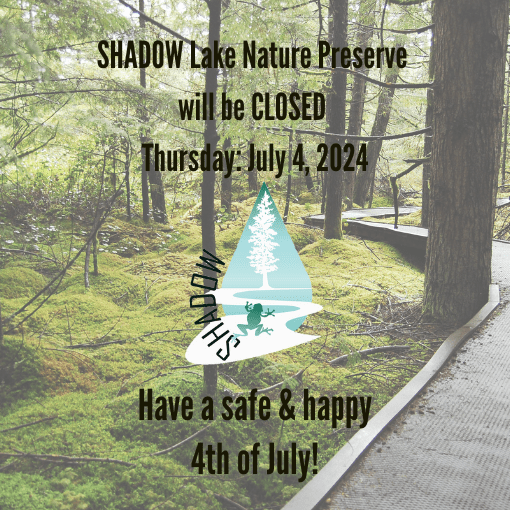Hello and Happy Summer! I am happy to introduce Young Sustainability, a new feature column from SHADOW’s Teens in Public Service Intern, Isabella Boparai. Last newsletter you met Isabella, and learned of her great interest in environmental preservation, social justice, supporting students of all incomes having needed school supplies and enjoying playing a great game of soccer. As part of her work with us, Isabella has created a series of articles from a teen’s perspective on a journey to live more sustainably. We will be featuring her articles in the coming months. I hope you enjoy Isabella’s thoughts and careful consideration about living more sustainably as much as I do. August is one of our driest and hottest months and is peak wildfire season. Read on to see Isabella’s thoughts on how to be fire safe when enjoying the last days of the summer season.
– Stephanie Miller, former Executive Director
Young people are not only the victims of climate change, but they are also contributors to climate action. As young people, we bear the brunt of the environmental challenges we face today like climate change and depletion of resources. We are lucky enough to possess a unique perspective on the world. We are more likely to challenge traditional thinking and come up with innovative ideas to address pressing issues in today’s society. By involving young people in sustainable efforts, we can think outside the box and bring fresh ideas toward making a greener world.
As I continue to dive into finding ways to be more sustainable, my peers constantly ask “Why?” My response references the changes we’ve experienced in the recent years. Since 1900, there has been an increase in precipitation and a decrease in snow. This reduces the snowpack in many areas and could be a big worry to many of you snow sports lovers. When snowpack reduces, there is less streamflow and soil moisture which has a significant impact on water storage, irrigation, fisheries, vegetation, and wildlife. Not only is there less snow, but there is also an increase in the number of extreme events like droughts, floods, wildfires, and heatwaves.
Due to climate change, temperatures have risen all over Washington which has increased droughts and reduced humidity. Because of this, Washington’s fire season has been extended and fire events have increased. As of 2022, the 10-year average is 904 fires which have burned 204,589 acres (which is about the area of Austin, Texas). What is most shocking is that 90% of wildfires are started by humans and that means that they are easily preventable. The four most common reasons are unattended campfires, fallen power lines, sparks for dragging materials on cars or trailers, and vehicle crashes. To reduce these risks in Washington we are prohibited from using fireworks, tracer ammunition, and exploding targets during fire season.
As you enjoy summer activities, be mindful and be fire safe. First, check the weather and drought conditions in your area. Pay attention and notice and avoid activities that involve fire or sparks when it’s hot, dry, and windy. That means avoiding burning fires in your backyard when it is windy. Keep a shovel, water, or fire retardant nearby when burning a fire. Many people in the state of Washington love to go camping and enjoy the outdoors which is warm outside. However, your campfire could cause a wildfire if it’s not built and extinguished properly. It is crucial to select a flat open location away from flammable materials like logs, bushes, or decaying leaves and needles. Then make sure your wood is cut in short lengths, stay with your fire, and before leaving make sure it is extinguished completely. Last but not least, make sure to maintain your equipment and vehicles and keep them off dry grass. Exhaust can reach temperatures of 1,000+ degrees, so it is important to avoid driving or parking over dry grass.
We play an important role in preventing wildfires that threaten the lives, property, and natural resources of many. So, make sure you are being fire safe when enjoying activities.
To learn more how to be fire safe at home, visit SHADOW’s partner in fire safety, FIREWISE, or some of these other resources:
Firewise Landscaping in the Northwest
By SHADOW TIPs intern, Isabella Boparai



Recent Comments